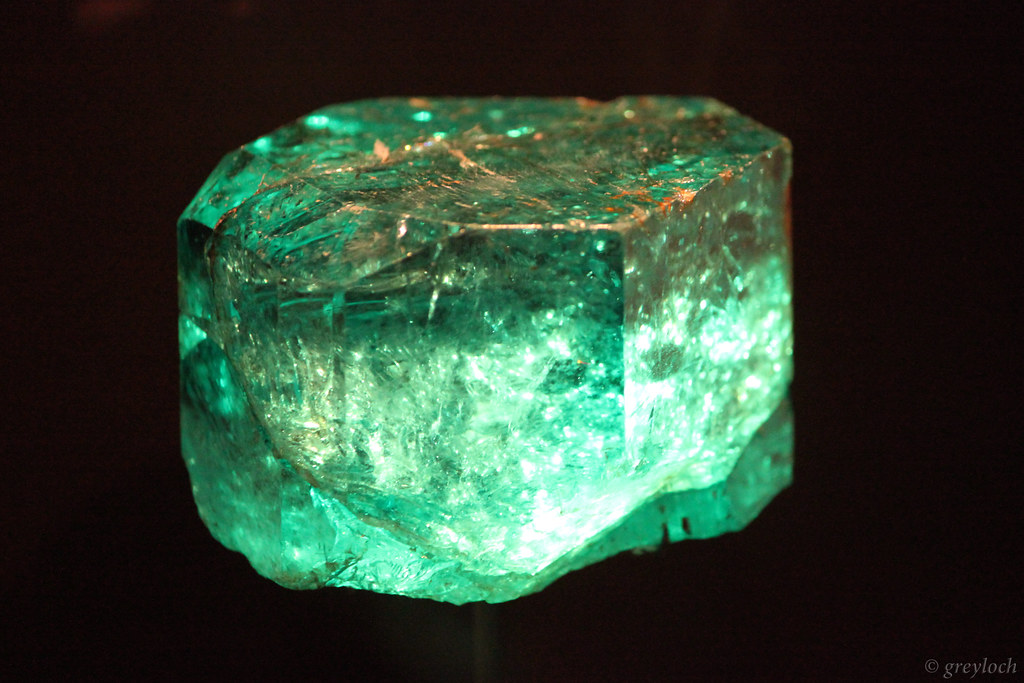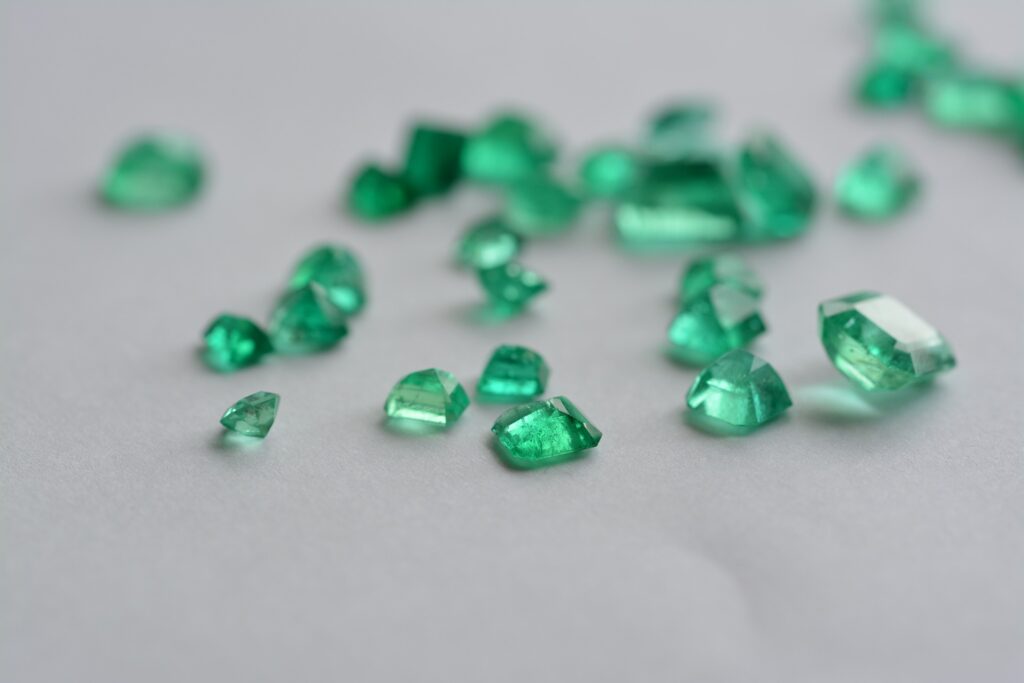Why is Ireland called the “Emerald Isle?”
![]()
Ireland is often referred to as the “Emerald Isle,” due to the vast greenery throughout the island. Most of the Irish countryside is dotted with farms and national parks, while the landscape in almost every county is dominated by some of the greenest hills anywhere in the world. But is this greenery the reason Ireland is known as the “Emerald Isle?”
I’ve spent many years reading about ancient Ireland, and the spiritual and mythical sides of the culture. While the correlation between Ireland and the colour green was never in question, I began to see a very different reason Ireland became known as the “Emerald Isle.” In short, I believe “emerald” is a catch-all word that not only describes the greenery, but also the deeply spiritual side of the culture.
Let’s begin with a look at the origin of Emerald Isle nickname.
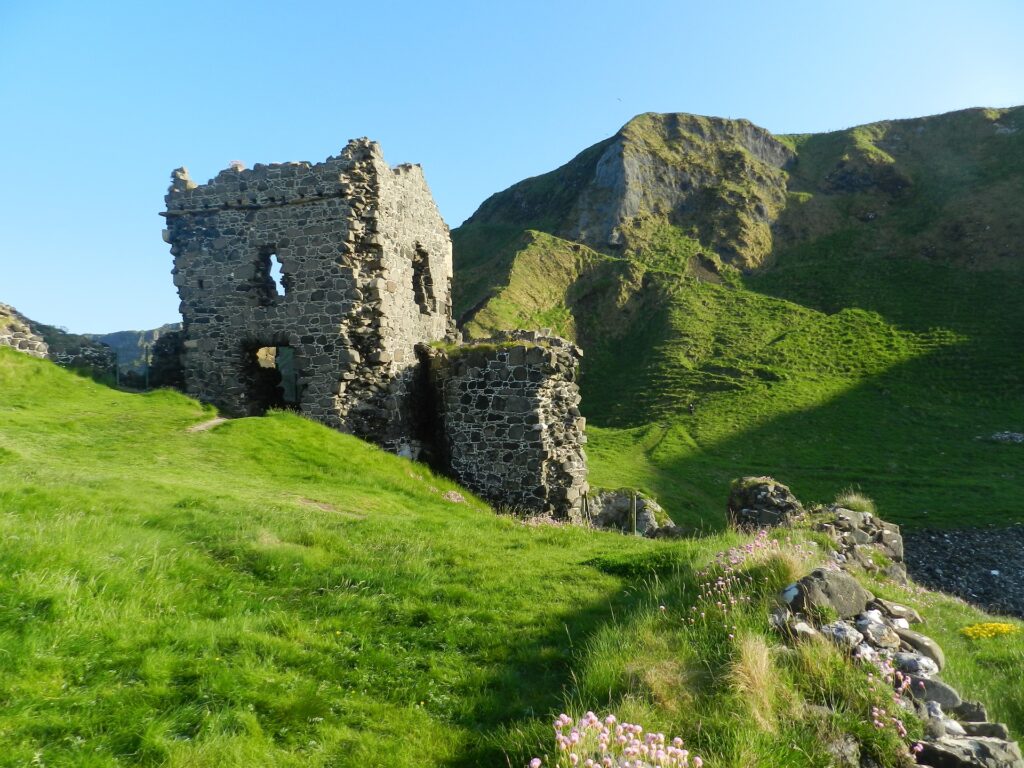
Where the “Emerald Isle” Originated, and What it Meant
Some might assume that Ireland is mining central for emeralds. However, while emeralds are often found in Irish jewelry collections, this stone is not native to Ireland and is merely one which has been adopted due to the nickname the Emerald Isle. It’s true that Ireland is especially green, and the arrival of springtime is a great period in which to witness the green mountains, fields, forests, and foliage, but while we accept that the greenery is the primary reason for Emerald Isle nickname, we must also consider why the word “emerald” seems so appropriate for Ireland.
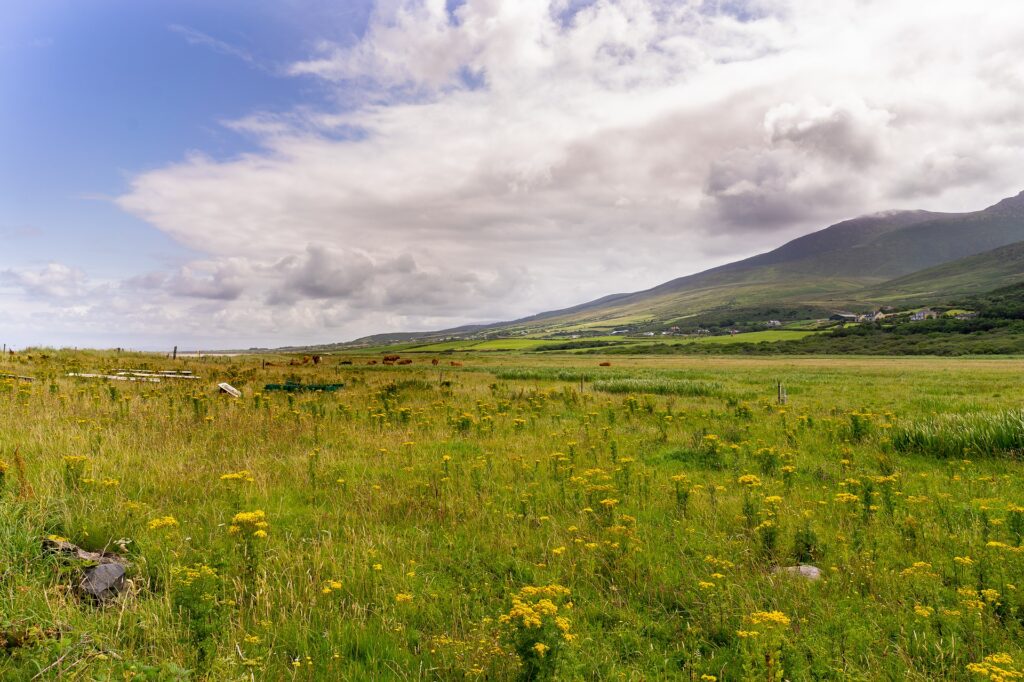
The Emerald Isle was first mentioned in an 18th-century poem called “When Erin First Rose” by William Drennan. This poem clearly references the green landscape of Ireland, but it was written in response to the rebellion and political troubles in Ireland. Simply put, Drennan did not agree with violence or force as a means of combating these woes and allowing hatred to turn the green fields blood-red.
Here’s the poem:
When Erin First Rose by William Drennan Alas! For poor Erin that some are still seen Who would dye the grass red from their hatred to green; Yet, oh! When you're up, and they're down, let them live, Then yield them that mercy which they would not give. Arm of Erin, be strong! But be gentle as brave And uplifted to strike, be still ready to save; Let no feeling of vengeance presume to defile The cause of or men of the Emerald Isle.
The Role of Irish Mythology and Spirituality
Ireland is home to a deep and complex culture, which was created by mythology and local legend. Irish mythology has been preserved to this day in tall tales, folklore, and manuscripts that have helped cement its place in the culture. These mythical stories have been developed over the years, but the overall theme and characters remain the same. These tales revolve around ancient legends, including Fionn MacCumhaill, Setanta, and the Children of Lir, and they help illuminate the mythical stories and themes which underpin the culture.
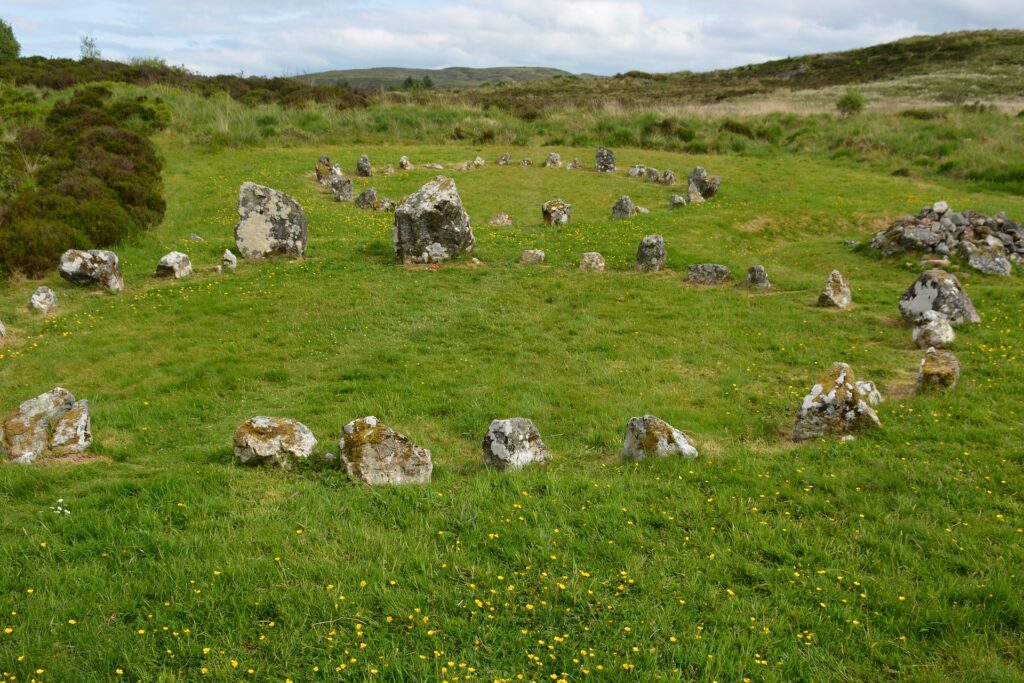
Spirituality was also central to the way of life for the ancient Celtic people, who relied heavily on their inner world to help protect them and see them through the challenges of their environment. Life was rather difficult back then, and the harsh winter months often killed off swathes of the population. Faith, belief, and hope in a higher power was often the only certainty on which they could rely. But what do spirituality and mythology have to do with emeralds or the nickname the Emerald Isle?
The True Origin and Meaning of Emeralds
Emeralds are not native to Ireland, but to better understand why emeralds were so relevant to ancient Irish culture, we must first understand how emeralds were perceived around the world at that time. The Persians believed that emeralds contained healing powers, and that they could cure various pains and illnesses. The Romans also thought fondly of emeralds, and a historian named Pliny explained how this gem could improve eyesight. Cleopatra and the ancient Egyptians associated the emerald with eternal life. Even Aristotle once wrote about the power of emeralds, and how those who owned them would possess more wealth and better health than those who did not.
As for the origin of the word, “emerald” derives from the old French word, “esmeraude,” which simply means “green gem.” Since emeralds are green, this helps explain the correlation between the gem and the landscapes in Ireland. However, emeralds have also held a special meaning since they were first discovered. For centuries, emeralds have been a symbol for vitality, prosperity, and rebirth. Those who wore them were said to become wittier and more intelligent. This is similar to the Blarney Stone at Blarney Castle in Cork, where visitors and locals alike travel for miles to kiss the “magical stone.” While this particular stone is not an emerald, it does helps demonstrate the significance and meaning of stones to the ancient Irish people.
Final Thoughts
Although it was christened the “Emerald Isle” by an 18th-century Irish poet due to its beautiful green landscapes, Ireland has since adopted the emerald for reasons that speak to its deeper spiritual and mythical history just as much as its greenery.
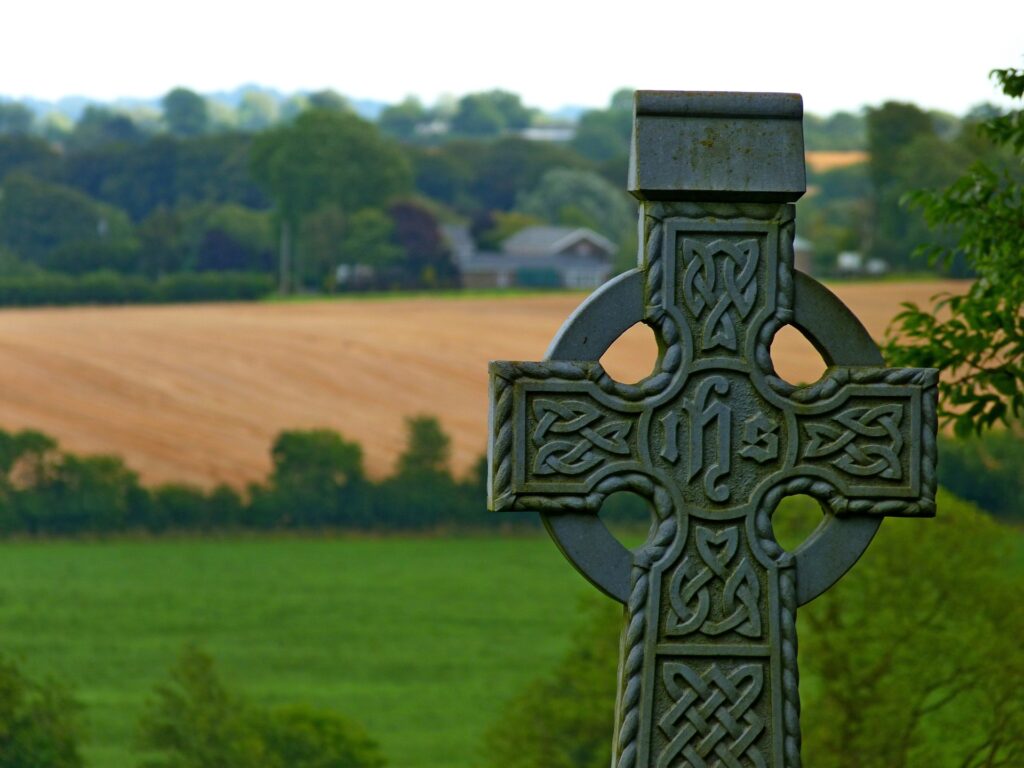
Book Now to Stay on Ireland
Search, compare and book hotels & rentals at the best prices that are pulled from major booking sites like Booking.com, Hotels.com, Expedia, Vrbo and more. You can move the map to search for accommodations in other areas and also use the filter to find restaurants, purchase tickets for tours and attractions and locate interesting points of interest!


Derek Cullen is an adventurer and travel writer from Dublin, Ireland. Having traveled the world in search of new experiences since 2008, Derek now spends most of his time leading adventure tours through Africa.
